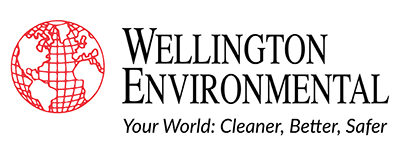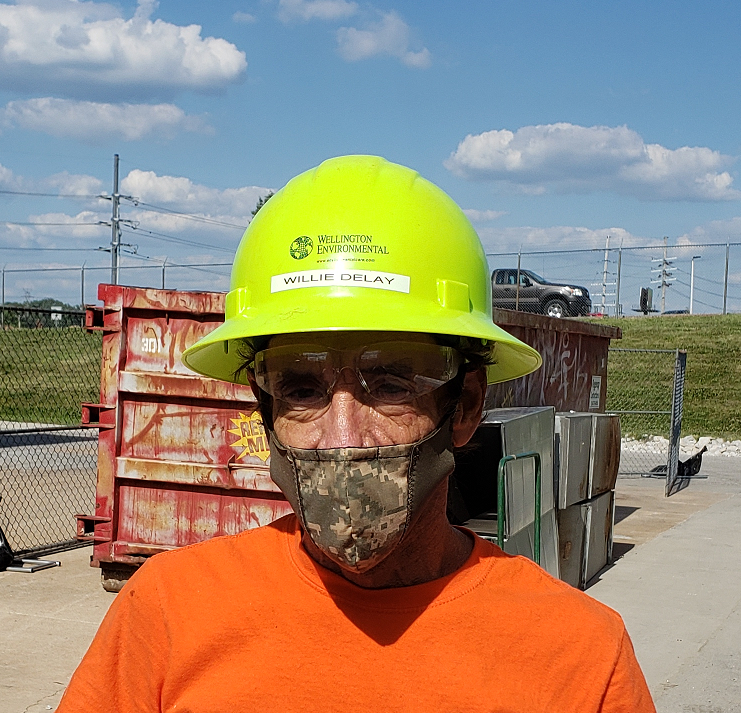Hospitals depend on incoming patients for all types of procedures and evaluations, its how they stay in business. With the advent of the novel coronavirus (COVID-19), no one wants to go to a hospital for anything. Hospitals are experiencing huge losses in revenue due to the governmental restrictions on elective procedures and related services. As the restrictions are slowly rescinded, hospitals will still be faced with convincing the public that their facilities are safe.
To assure the public the environmental safety inside the hospital has improved it will require everyone working in unison following the same established safety protocols. Just recently people were turning in neighbors that were not properly social distancing, if they see something improper in a hospital they will react with alarm. The public has undergone a tremendous education in contagious diseases and they will be ready to point out any improper activity when they see it. Consequently, hospitals are already implementing new safety protocols to demonstrate proper actions and to keep everyone safe.
One group that will also need to be educated on new safety requirements are the construction workers and vendors that perform work inside hospitals. Even with the Centers for Disease Control & Prevention (CDC) existing recommendation that all personnel entering a hospital to perform work are to have Infection Control Awareness training, many facilities overlooked it or sporadically provided the training. Even though the training is required annually, overburdened hospital personnel neglected to provide the refresher training. The purpose of the CDC guidance on providing the training was to educate workers on the special requirements and conditions in a hospital environment. The ultimate goal was to reduce healthcare associated infections (HAIs) which have become a large cost to hospitals and are preventable. It was in every hospital’s best interest to educate workers on controlling dust and keeping patients safe.
Now, after the World’s experience with COVID-19, it is mandatory for workers entering the hospital to have this training, understand it, and participate in making it happen. Besides general Infection Control Awareness, new rules need to be added for workers to follow. For instance, The Joint Commission is advising universal masking. This means workers should be wearing masks while performing work in the hospital. Distancing from other workers when possible, wearing gloves, and adding disinfecting stations at each work area entrance are just a few of the new items. Regular protocols such as wiping the wheels on all carts prior to entering the hospital or exiting a construction area and covering tools and waste containers when traveling through the hospital still are important but now will be enforced.
Some facilities may continue to require daily documenting worker’s temperatures and filling out medical questionnaires before entrance into the healthcare facility. In addition, the general access to hospitals was already getting more restrictive in the last few years due to crime but COVID-19 immediately closed the doors to random visitor entry.
Hospital Systems such as INTEGRIS Health cannot afford the time requirement to train every worker and vendor that enters the hospital on the new protocols as well as Infection Control Awareness so the logical choice was to find a solution to meet the needs. Since group training sessions which required assigned rooms and dedicated personnel were not allowed due to social distancing policies, on-line training met the need. According to James DeHaven, CEM CHSP System Disaster & Recovery Specialist, “the training program for INTEGRIS was customized to the needs of the organization and testing was added to verify the workers understood the message”. This eliminated an inconsistent message delivered at different times by the facility or general contractors and put record keeping in one convenient place – the cloud. Rather than waiting for the next training session to be offered, workers now can be trained 24/7 from any smart device.
Besides the benefit of a consistent and tailored message, the data center in the cloud tracks training dates for the annual renewal requirement and sends out reminders to participants and to the hospital if participants do not respond. All these tasks were previously required to be performed by hospital personnel. Now it all happens within the system without the hospital’s time. All of the compliance issues are addressed and maintained – hands free.
As the future evolves, some changes brought on by the COVID-19 virus will remain entrenched in how work takes place in healthcare settings. The infection preventionist who was once an unknown part of clinical quality deep inside the hospital is now a front and center and a necessary all-star leader. In the aftermath of the virus, the public now knows the role an infection preventionist plays in producing policy and protocols for patient safety. Outside vendors and contractors will also understand the role of the Infection Preventionist and must follow the new protocols established or these hospitals will remain under public scrutiny and will have a difficult time convincing patients to re-enter the facility for treatment.
This article was originally published in the August 2020 issue of Healthcare Business News.



